|
Song Dynasty porcelain (China) found in Thang Long Imperial Citadel. |
On December 15, the Institute of Imperial Citadel Studies (Vietnam Academy of Science and Technology ) organized an international scientific seminar with the theme "Chinese porcelain of the Song Dynasty in the Thang Long Imperial Palace".
Many scientists believe that not only Chinese ceramics "appear" in the Imperial City, but also Japanese and West Asian ceramics... opening a new door to research on the history of trade between Dai Viet and other countries.
"Ly pottery" is not inferior to "Song pottery"
According to the Imperial Citadel Research Institute, the excavation of the Thang Long Imperial Citadel relic site has discovered a large number of Chinese porcelain artifacts dating from the Tang, Song, Yuan, Ming and Qing dynasties. Among them, the number of Song Dynasty porcelains found is very large and unique. This proves the historical economic and cultural exchange relationship between China and the Thang Long capital of Dai Viet.
Dr. Tran Anh Dung - Institute of Archaeology, said: Investigations, surveys and excavations at ancient trading ports along the coast from Quang Ninh to Ha Tinh such as: Van Don, Lach Truong, Lach Ghep, Lach Bang (Thanh Hoa), Den Huyen, Ky La (Ha Tinh) did not find any Song Dynasty ceramics.
It is possible that the Song Dynasty porcelains appearing in Thang Long Imperial Citadel were either purchased by the royal court or were gifts during the diplomatic relations between the two countries of Song and Dai Viet.
Associate Professor Bui Minh Tri - Director of the Institute of Imperial Citadel Studies, said that the discoveries of Song Dynasty ceramics at Thang Long Imperial Citadel have opened up new research directions on Chinese porcelain used in the daily life of the Thang Long court.
Researchers have determined that the Song Dynasty ceramic relics in Thang Long Imperial Citadel originated from eight large Chinese kilns. The results of this study have contributed to determining the origin and age of the Song Dynasty ceramic collections excavated at the Thang Long Imperial Citadel relic site.
These are precious porcelains, used for the king, the royal family and the court, reflecting many aspects of social life at that time. This helps to explain more deeply the relationship and the technical and artistic influence of ceramic making between the two countries of Song and Dai Viet during the Ly dynasty.
Notably, excavations also showed that during the Ly Dynasty, porcelain was produced with the same perfect quality as Song porcelain (China). This has caused many difficulties for researchers when distinguishing and classifying “Ly pottery” and “Song pottery”.
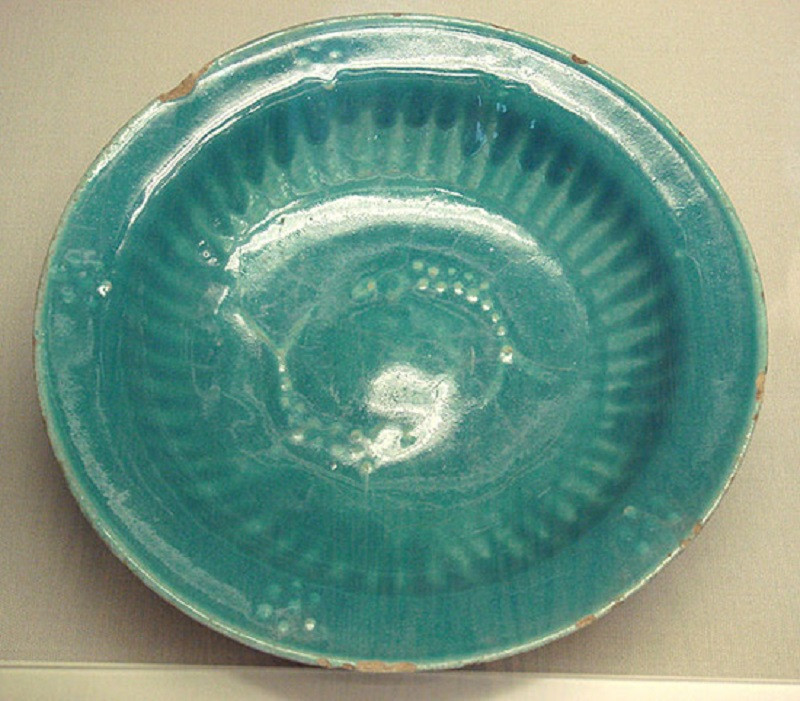
Islam blue glazed pottery – a precious ceramic line of West Asia.
West Asia offers blue glazed pottery?
At the Thang Long Imperial Citadel relic site – an essential part of the central area of the ancient Thang Long Capital, archaeologists have also excavated a complex of millions of relics from many periods, starting from the Dai La period, the Dinh – Tien Le period, to the Ly, Tran, and Le dynasties. In particular, people have also found many Japanese Hizen ceramics.
Hizen is a famous Japanese ceramic line, formed in the Edo period (1603 - 1868). Hizen ceramics found at the Thang Long Imperial Citadel relic site have two types, mainly white glazed ceramics painted with cobalt blue patterns under the glaze and ceramics painted on the glaze, in which the most popular is blue and white ceramics.
The Japanese blue and white ceramic artifacts found here are mainly bowls, plates, wine bottles and small boxes with motifs of dragons, clouds, phoenixes, lions, flowers, leaves and landscapes.
Here, scientists found 135 specimens and 245 body and mouth pieces of a Japanese-style bowl with stylized dragon and cloud paintings: The outer wall of the bowl is decorated with two dragons with short curved bodies, small heads, and leaf-shaped tails. In the middle is a drawing of a dragon's head hidden in the clouds, more commonly water waves or fish jumping on water waves.
In addition, there are 7 specimens of a rare type of bowl with a phoenix painted on the inside of the bowl with a unique style of expression, superior in quality compared to ordinary ceramics.
In addition, archaeologists have also found 191 specimens and 35 mouth and body fragments of various types of plates. The collection of large plates in the relic site is not large at present, but they are all precious ceramic specimens. In terms of basic shape, there are two types: stepped body and round curved body. The decorative patterns on these types of plates are quite elaborate, sophisticated, and highly artistic.
Along with bowls and plates, three pieces of the body of a very typical Japanese blue-painted white enamel wine jar were found. The fragments found here are said by researchers to be a type of wine jar or jug with a garlic shape, a tall, slim body and a narrow neck, a wide base, and landscapes and flowers painted around the body.
Not only Chinese and Japanese ceramics, archaeologists also found pieces of Egyptian ceramics. The discovery raises questions about whether or not there was trade between Dai Viet and the West Asian region? Blue-glazed ceramics originated from Islam (Islamic Ceramic) - a type of ceramic with a loose, porous bone so it is not durable. However, the blue color of the glaze has made this type of ceramic valuable.
When they found some pieces of Islam pottery in the Thang Long Imperial Citadel area, archaeologists were excited with the hope of finding initial evidence showing trade between Dai Viet and West Asia from around the 9th to 10th centuries.
However, Islam was known as a precious ceramic line and with the difficult transportation conditions at that time, it was normal for the king to be presented with a few such items. Therefore, the appearance of a few pieces of Islam ceramics at the excavation site of Thang Long Imperial Citadel is not enough to prove the trade between Dai Viet and West Asia.
Based on research on Japanese ceramic products exported to Dang Ngoai before 1650, researchers believe that the Thang Long court purchased a large quantity of Japanese Hizen ceramics, including items used in daily life.
Source: https://giaoducthoidai.vn/bi-an-lich-su-duoc-khai-pha-tu-gom-su-ngoai-quoc-trong-hoang-thanh-thang-long-post554232.html


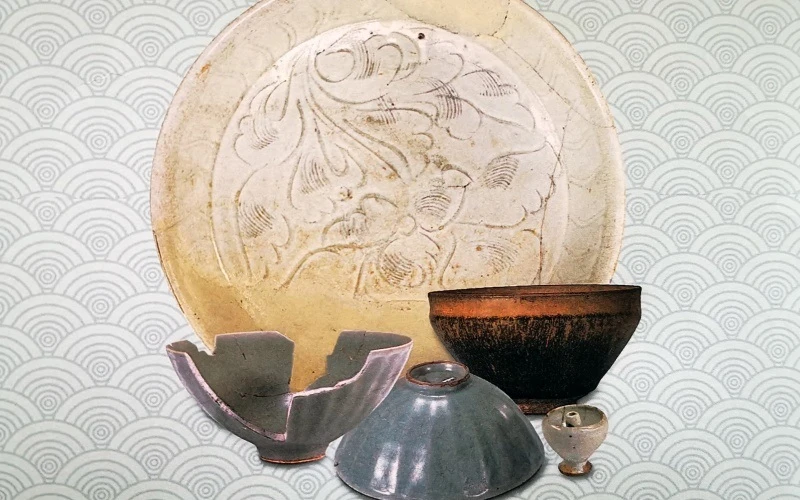
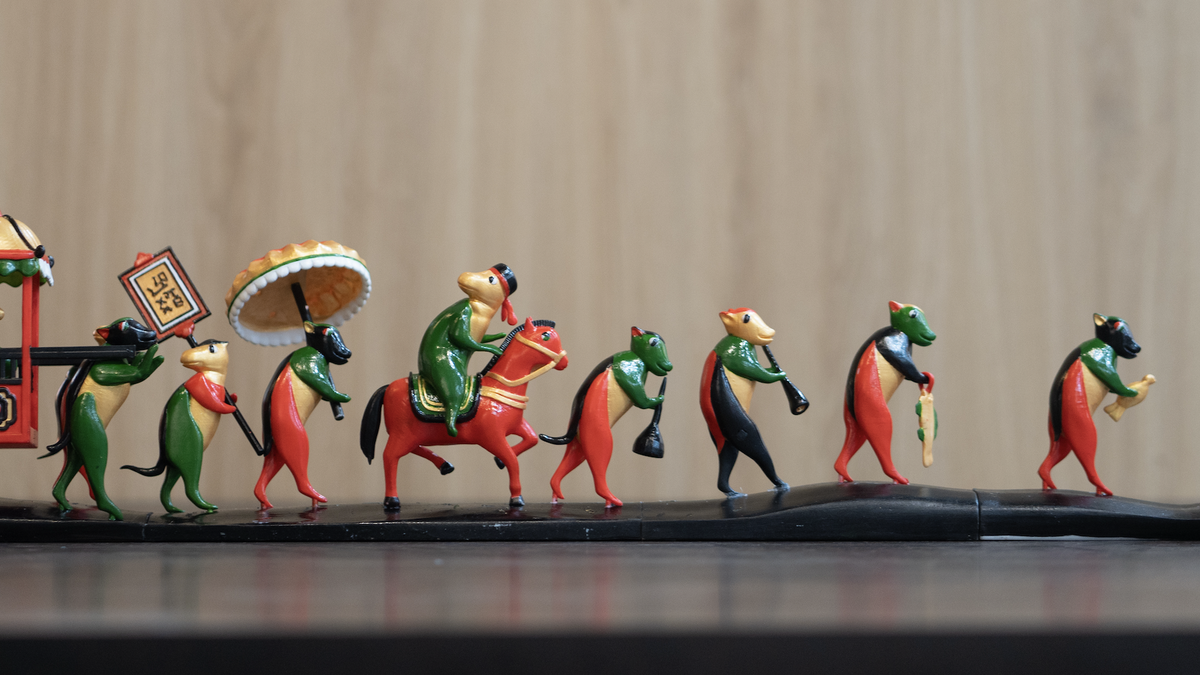
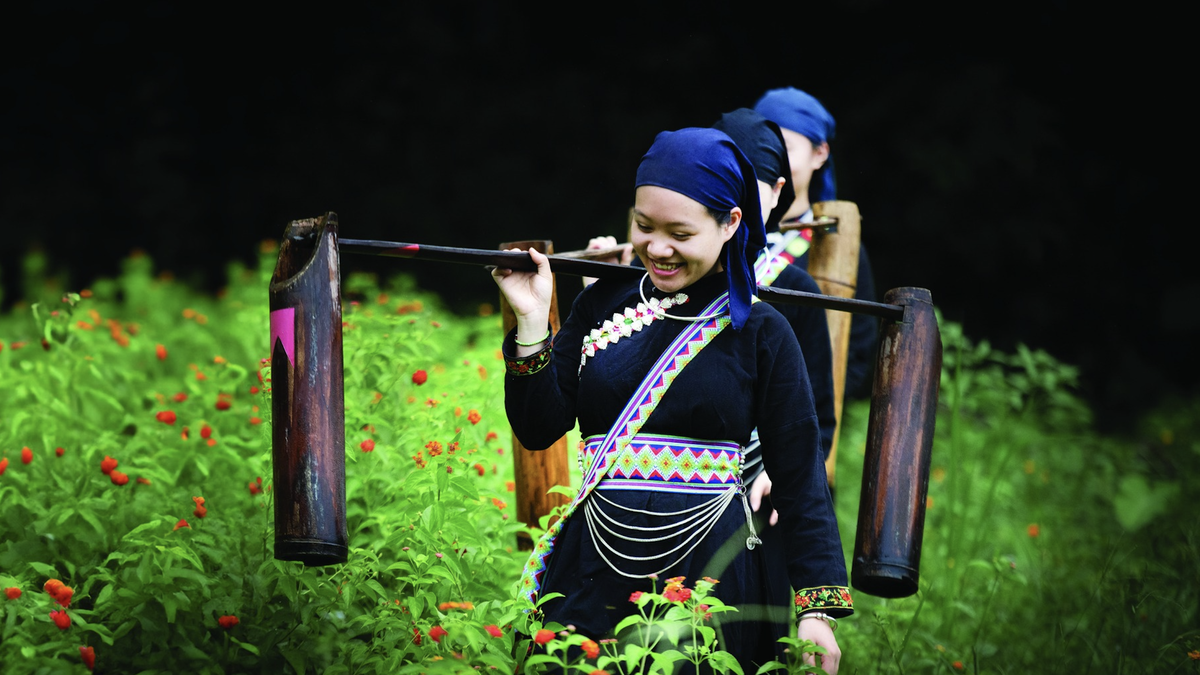
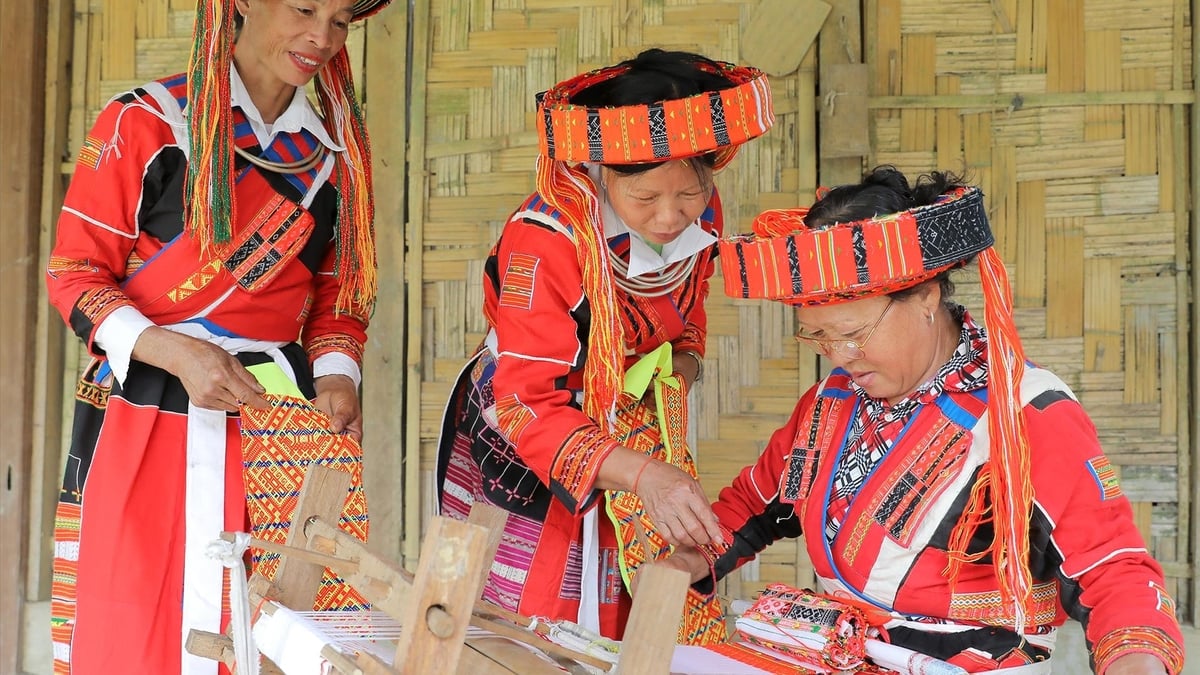
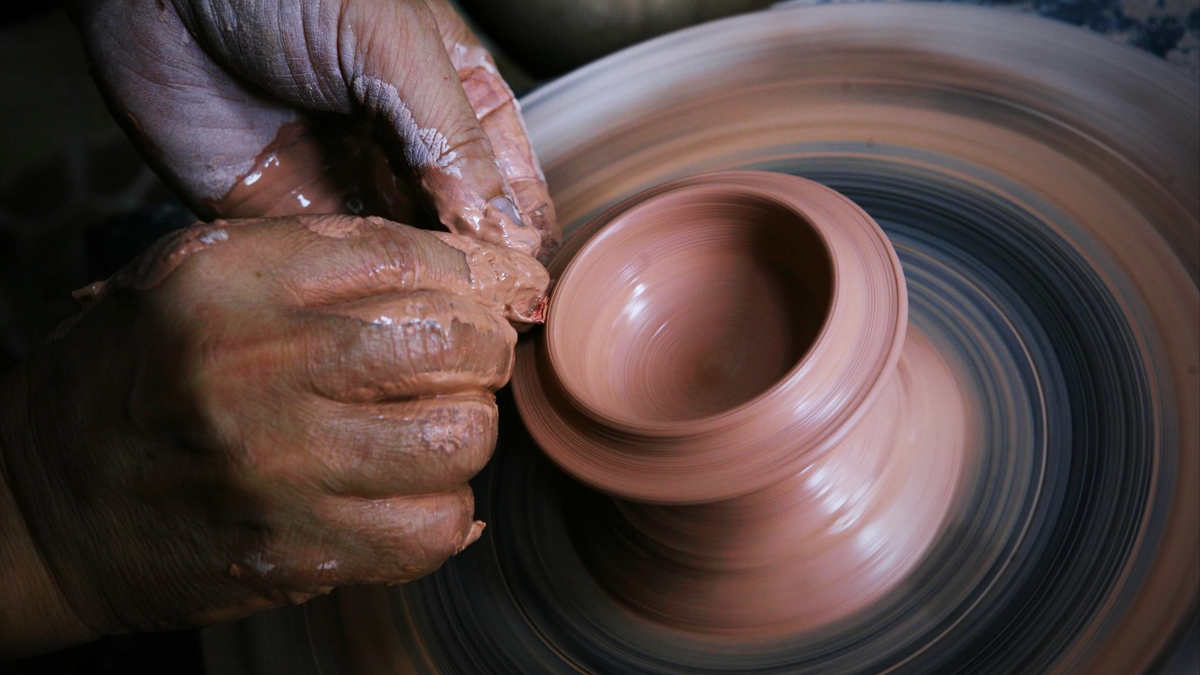
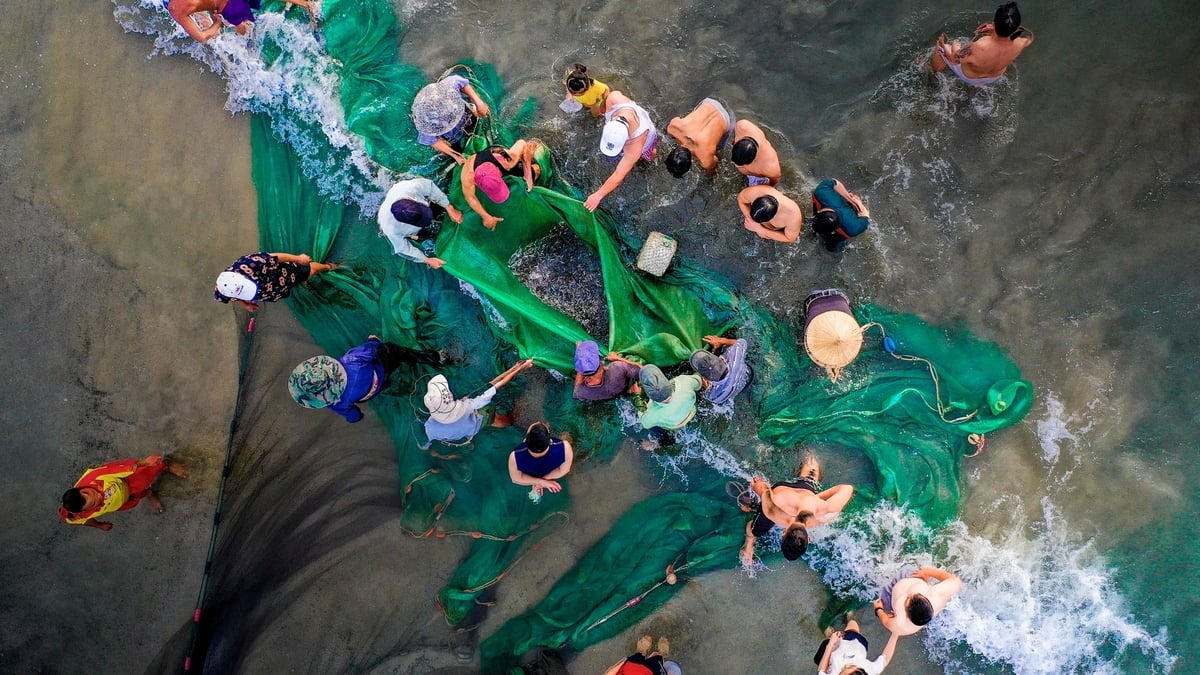

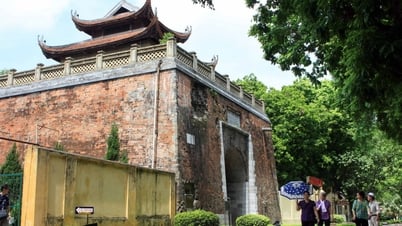

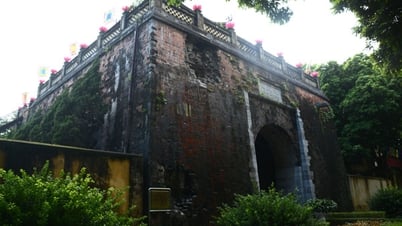

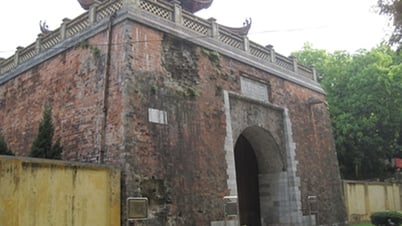

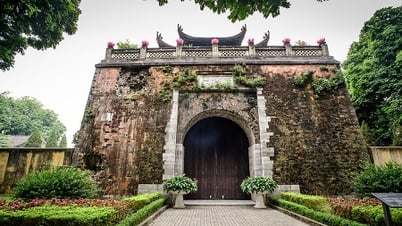

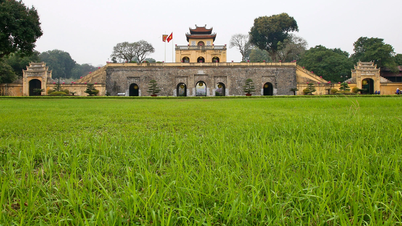

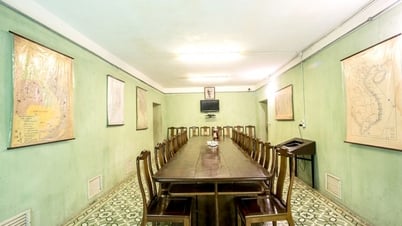
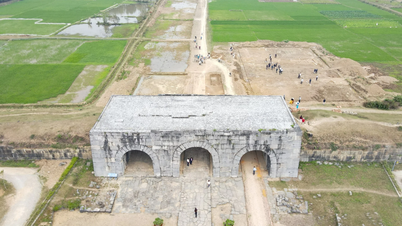







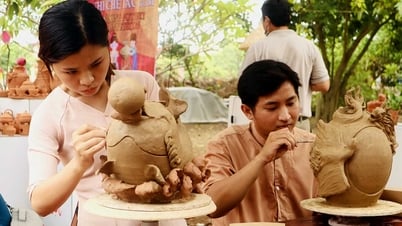





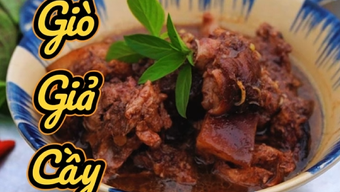





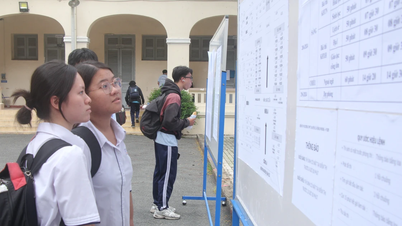


![[Photo] General Secretary To Lam meets with the Group of Young National Assembly Deputies](https://vphoto.vietnam.vn/thumb/1200x675/vietnam/resource/IMAGE/2025/6/24/618b5c3b8c92431686f2217f61dbf4f6)
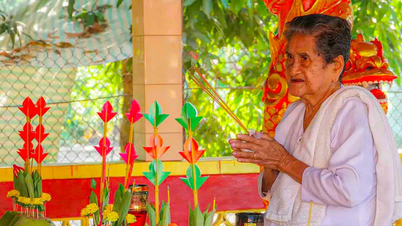


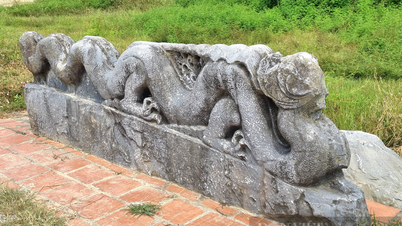


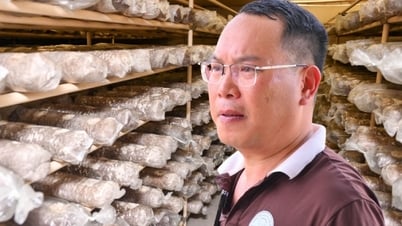

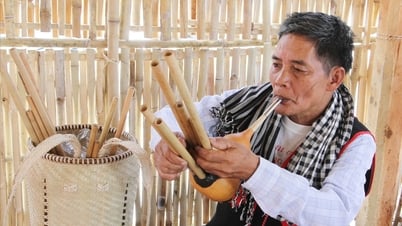











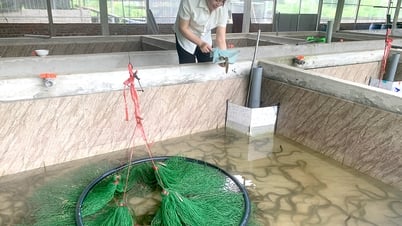











![[Infographic] Circular regulating the decentralization and division of authority of local authorities at two levels in the field of culture, sports and tourism](https://vphoto.vietnam.vn/thumb/402x226/vietnam/resource/IMAGE/2025/6/25/b35f975208474e129486cdc9841c240c)

![[Infographic] Demarcation of authority of two-level local government in the fields of culture, sports and tourism](https://vphoto.vietnam.vn/thumb/402x226/vietnam/resource/IMAGE/2025/6/25/594a47cf796643efbd52c77da8b6fee6)
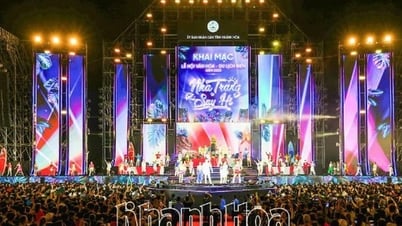



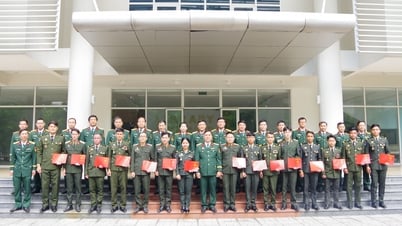



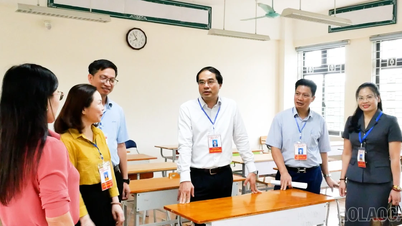





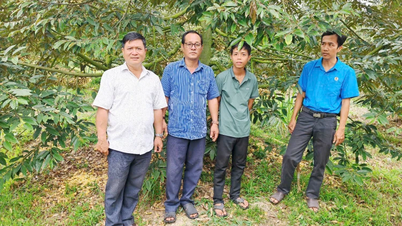

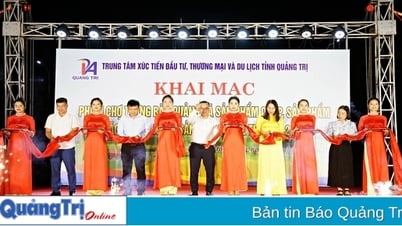

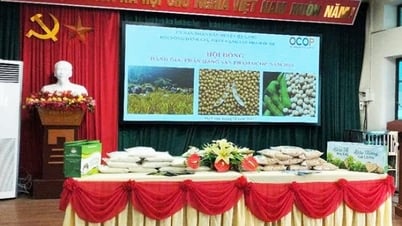

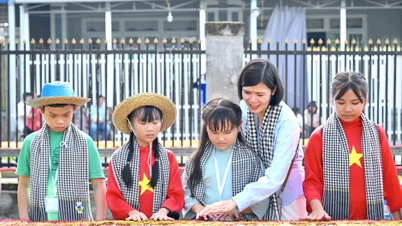

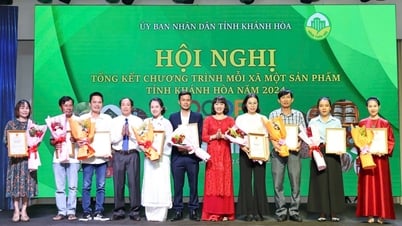





Comment (0)